Potpourri Garden Plants: Creating A Potpourri Herb Garden
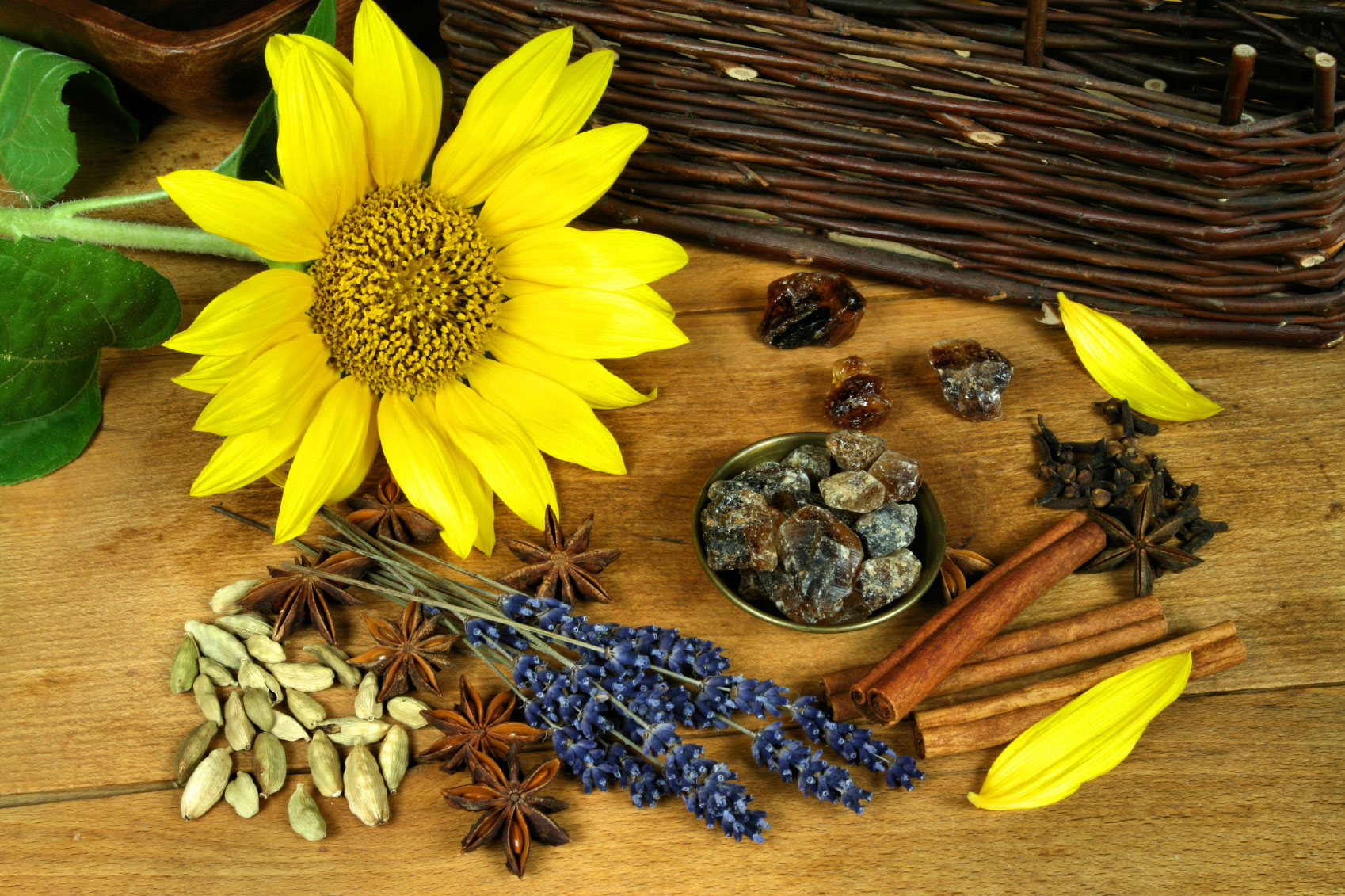
I love the aromatic scents of potpourri, but not necessarily the cost or the particular fragrance of packaged potpourri. No matter, creating a potpourri herb garden is a relatively easy and fulfilling undertaking.
What is a Potpourri Garden?
A natural blend of fragrant herbs and flowers combined with spices, fixatives and essential oils are the basic components of potpourri. Prior to today's atomized air fresheners, potpourri was a natural method of scenting the air. As they say, “everything old is new again” and homemade potpourri concoctions are enjoying a resurgence, popular not only for the ability to customize one's own fragrance, but with the added benefits of a more natural and environmentally friendly mix at a fraction of the cost.
Popular Potpourri Garden Plants
Potpourri garden plants most often include roses, the basis for most potpourri blends. If you are shy on space or are cultivating potpourri garden plants on a lanai or small deck, a climbing rose is a great option. Highly fragrant varietals are recommended for cultivation and any color of the rainbow apart from white, which doesn't tend to add much punch to the potpourri mix. As lavender maintains its vibrant scent and texture when dried, it is also one of the most popular foundations of potpourri. Lavender may also be used in lieu of rose or combined if you are averse to the scent of roses. A mix of additional annual and perennial flowers can be incorporated when creating a potpourri herb garden such as:
Texture, along with aroma and color, are integral when choosing plants for the potpourri garden. Choose flowers that dry well, while maintaining their color. Many herbs are included in the potpourri olio for their essential oils. These may include:
Some herbs may be chosen for their interesting flowers or stalks, such as Tuscan Blue rosemary with its vibrant blue blossoms. The flowers of sage, tansy and borage dry well for use in the potpourri mix. Curry, fennel and patchouli are all other good choices for inclusion in the potpourri herb garden. Do a little bit of research on each of your choices to ensure that they fit your garden profile (i.e. will they outgrow the space available or do they grow rampantly without control?). The seed heads and prickly pods of many plants shouldn't be forgotten. They add a wonderful texture and shape to the potpourri mix.
Care of Potpourri Gardens
Most of the herbs used in a potpourri garden are Mediterranean in origin and fairly easy to grow, preferring sun, well-draining soil and a moderate amount of watering. Many of the annuals incorporated in the potpourri garden are of similar ilk with a slightly more frequent need for fertilization. Roses may require a bit more work to tease out perfect blooms, but are well worth the effort. Once your potpourri garden plants have established themselves, the ideal time to harvest is on a dry day; a couple of days after a rainfall. Allow a few hours to lapse once the sun has come up to let the dew dry but before the sun dries the essential oils. Once harvested, most recipes call for drying the flowers and herbs. There are a multitude of methods for drying, and many books or online sources are available where you can learn additional tips and combinations for a homemade potpourri that is all your own.
Gardening tips, videos, info and more delivered right to your inbox!
Sign up for the Gardening Know How newsletter today and receive a free copy of our e-book "How to Grow Delicious Tomatoes".

Amy Grant has been gardening for 30 years and writing for 15. A professional chef and caterer, Amy's area of expertise is culinary gardening.
-
 Which Invasive Shrubs Should You Avoid Growing? Plus, Best Natives To Plant Instead
Which Invasive Shrubs Should You Avoid Growing? Plus, Best Natives To Plant InsteadCertain plants may look lovely but they can wreak havoc to local areas and native wildlife. Here are the key invasive shrubs to avoid – with recommendations on gorgeous native alternatives to try
-
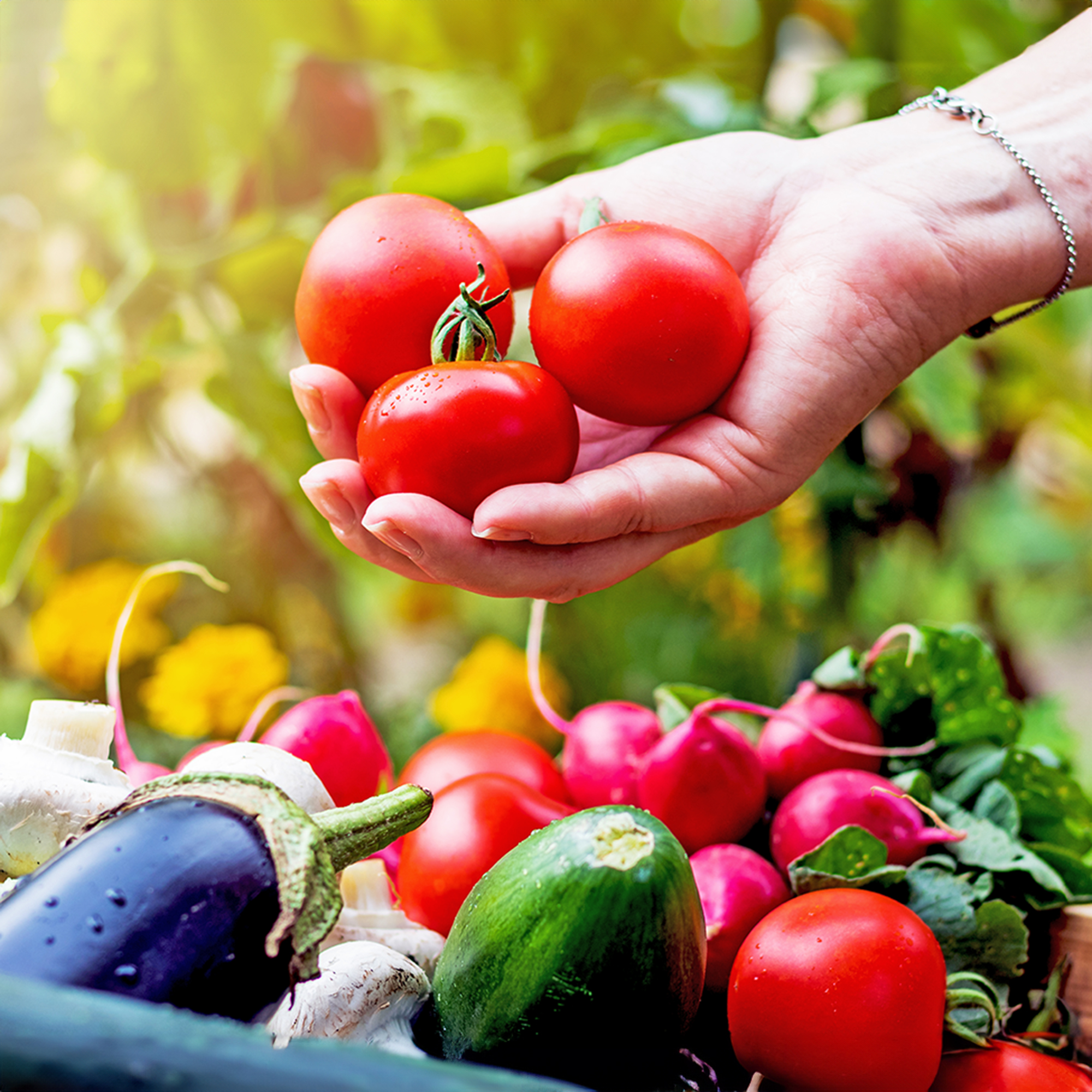 What Not To Plant With Tomatoes: 8 Bad Neighbors That Could Ruin Your Harvest
What Not To Plant With Tomatoes: 8 Bad Neighbors That Could Ruin Your HarvestNot all companion plants are beneficial – some can sabotage your tomatoes. Find out which ones to keep at a safe distance in the garden.
-
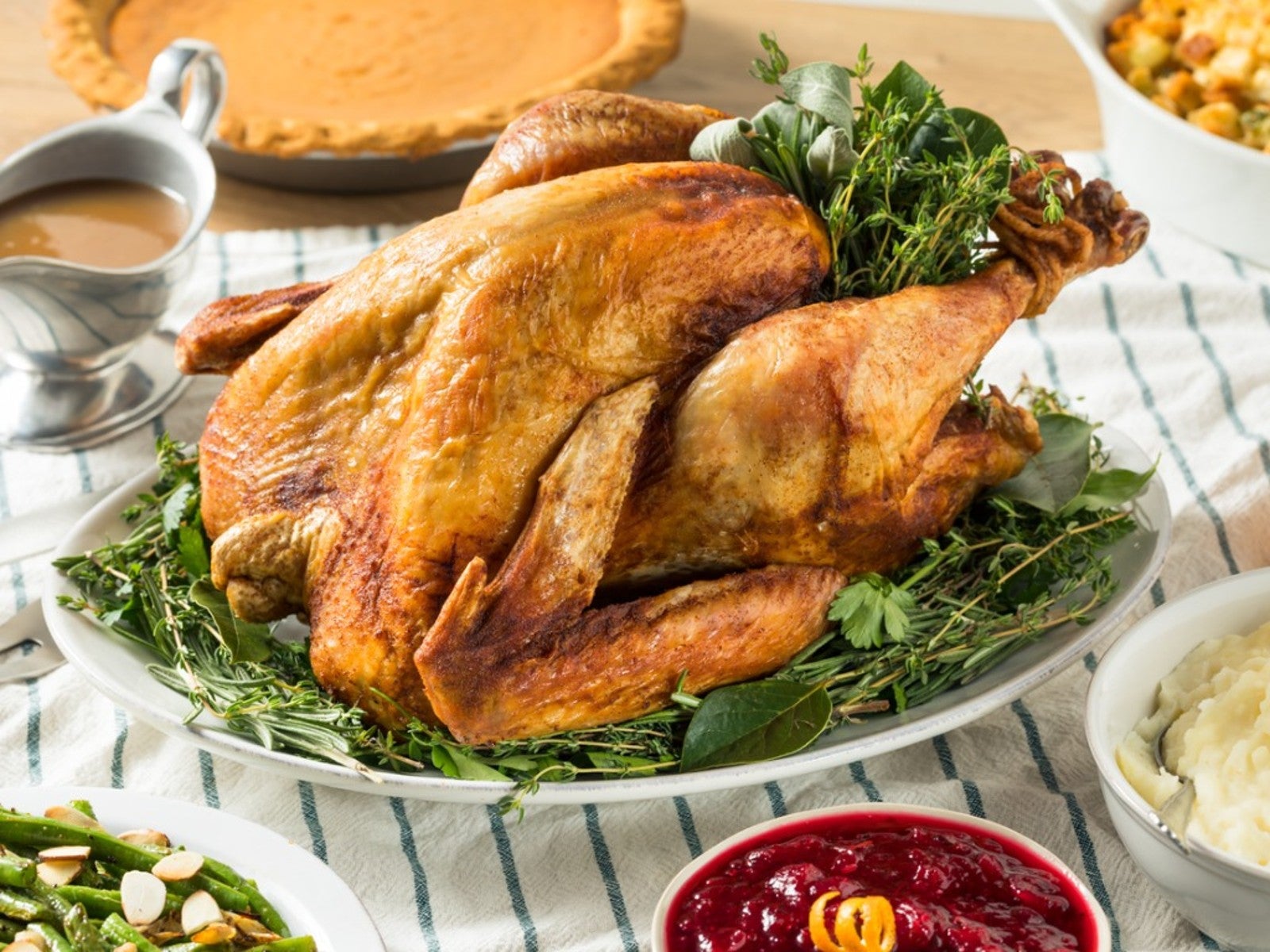 Grow Tasty Herbs For Roast Turkey In Your Garden
Grow Tasty Herbs For Roast Turkey In Your GardenCan you season your turkey with herbs you grow in your own garden? Yes! Click to learn more.
-
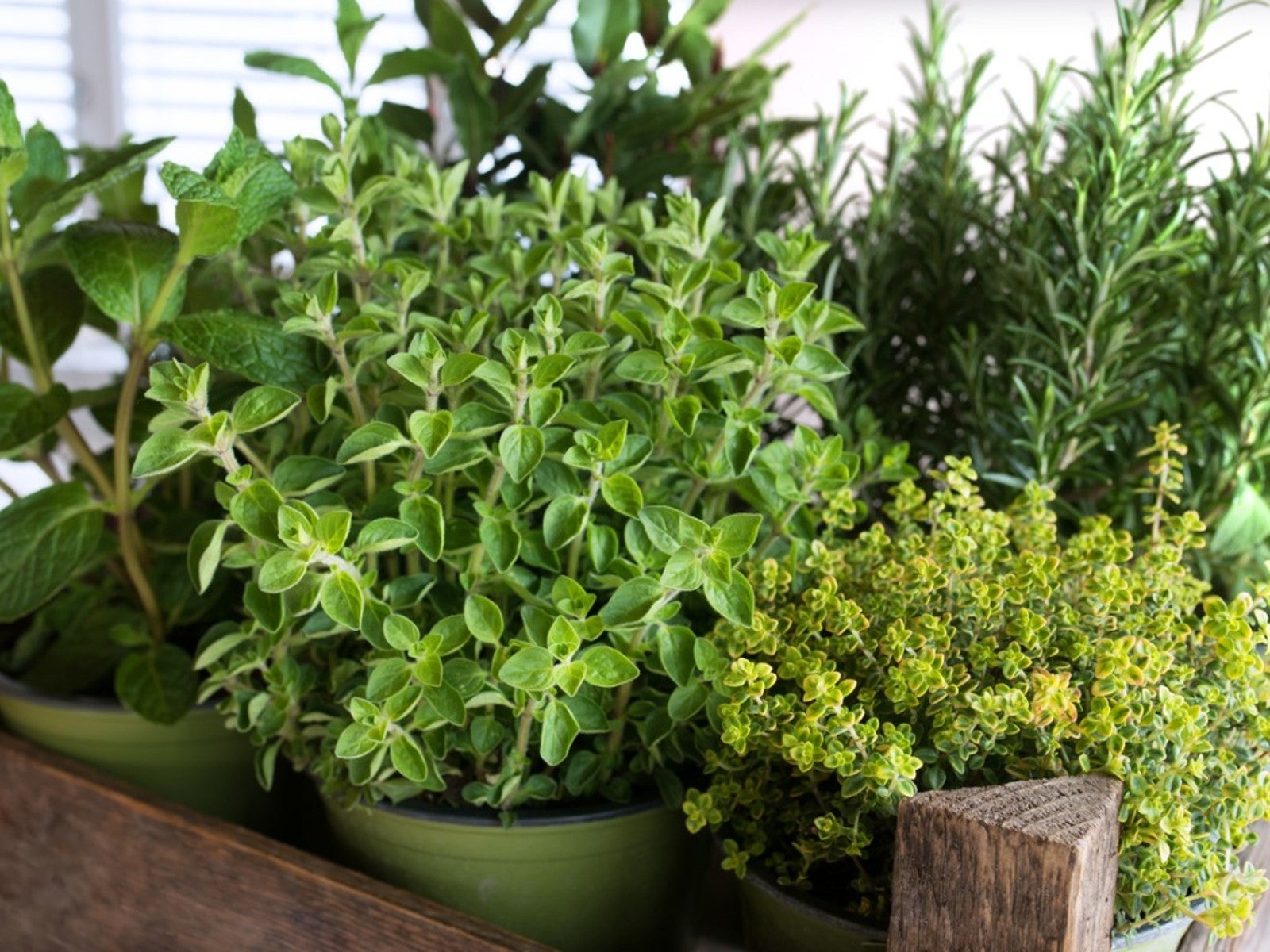 10 Easy Herbs For Beginners
10 Easy Herbs For BeginnersIf you’re new to herb growing, there are some perfect beginner herbs that are low maintenance and easy. Here are our top ten.
-
 How To Make A Rain Gutter Herb Garden
How To Make A Rain Gutter Herb GardenOne really fun look outside the box is a hanging rain gutter herb garden. A gutter planter is a unique way to house and showcase plants.
-
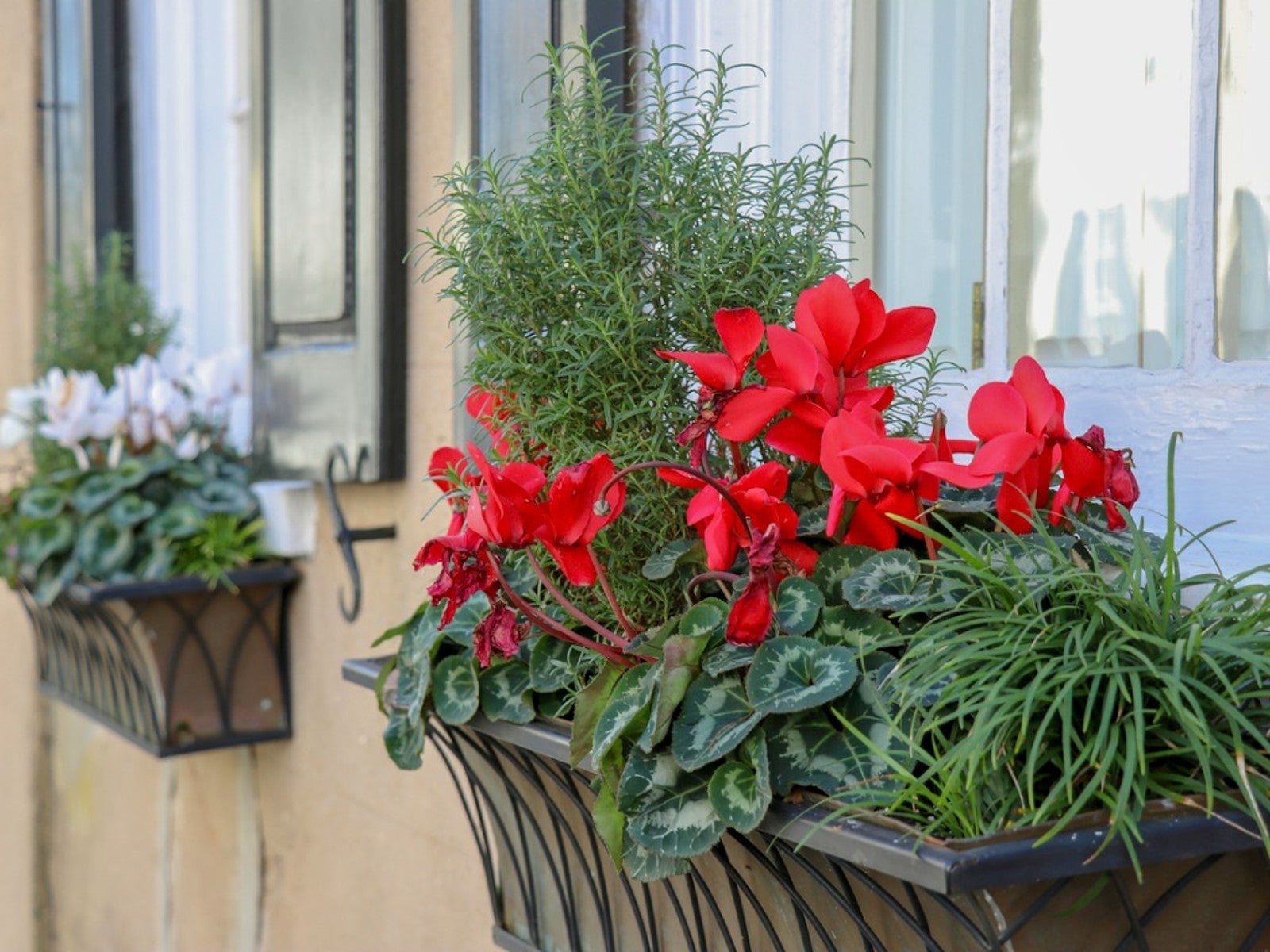 Grow A Beautiful, Edible Herb Window Box
Grow A Beautiful, Edible Herb Window BoxGrowing herbs in window boxes is a space-saving method for producing culinary ingredients for kitchen use. Click for more.
-
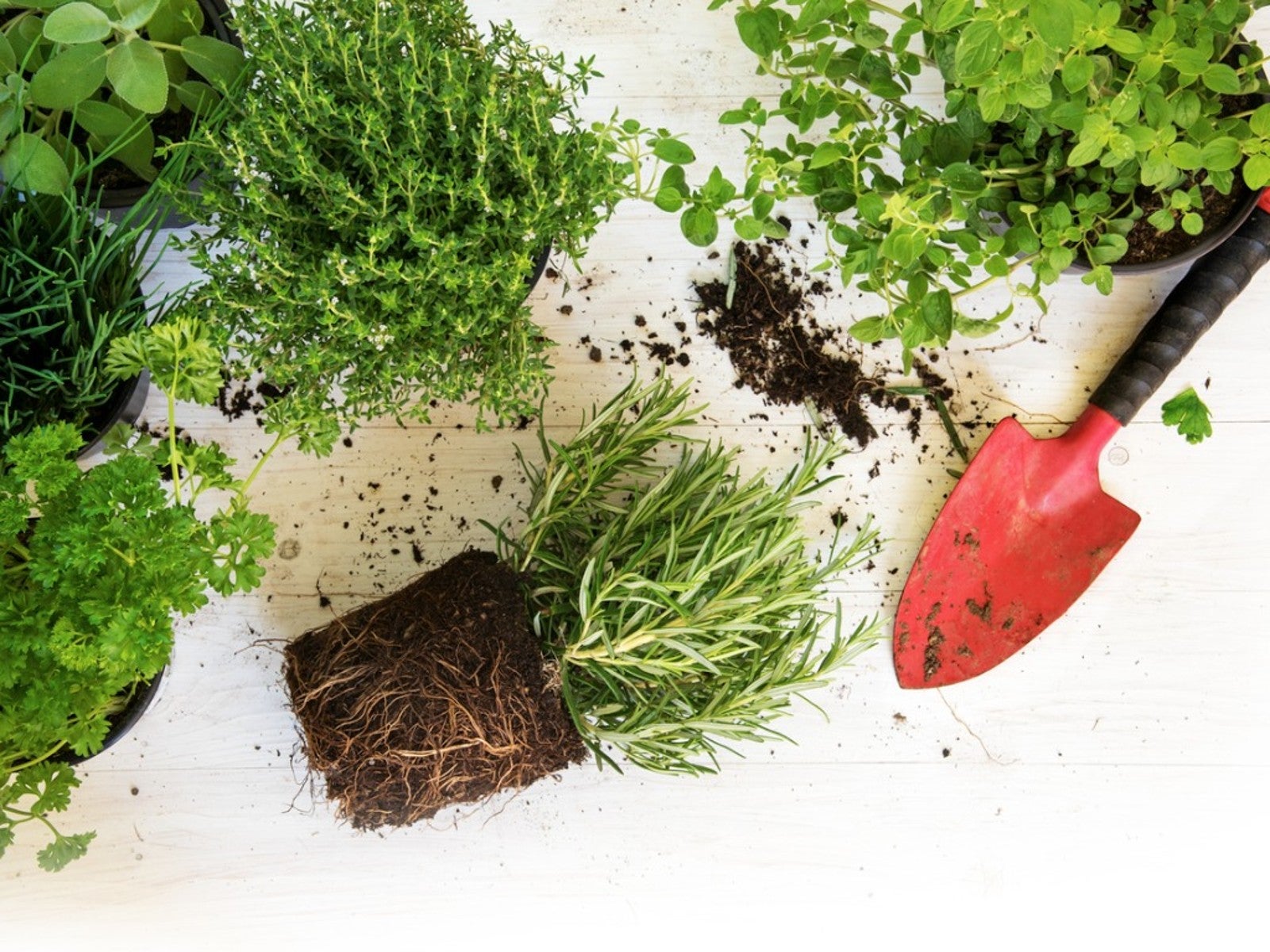 Best Herbs To Direct Sow Vs. Start Indoors
Best Herbs To Direct Sow Vs. Start IndoorsKnowing when to buy herb plants or start them from seeds or cuttings is essential to your success. Read on to learn more.
-
 Learn About The Highly Prized Silphium Herb
Learn About The Highly Prized Silphium HerbWhat if there was a perfect plant? In ancient times such a treasure existed. It was the silphium plant.
-
 Grow Healing Herbs Indoors: Combat Winter Illness With A Medicinal Garden
Grow Healing Herbs Indoors: Combat Winter Illness With A Medicinal GardenIf you are growing medicinal plants at home, did you know you also can grow an indoor medicinal herb garden? Read on for more.
-
 Grow Your Own Herbes De Provence - How To Grow, Dry, And Store Herbs
Grow Your Own Herbes De Provence - How To Grow, Dry, And Store HerbsHomemade gifts can add that special touch to any occasion, such as a jar of herbes de provence. Click here to learn how to grow and make your own for gifting.